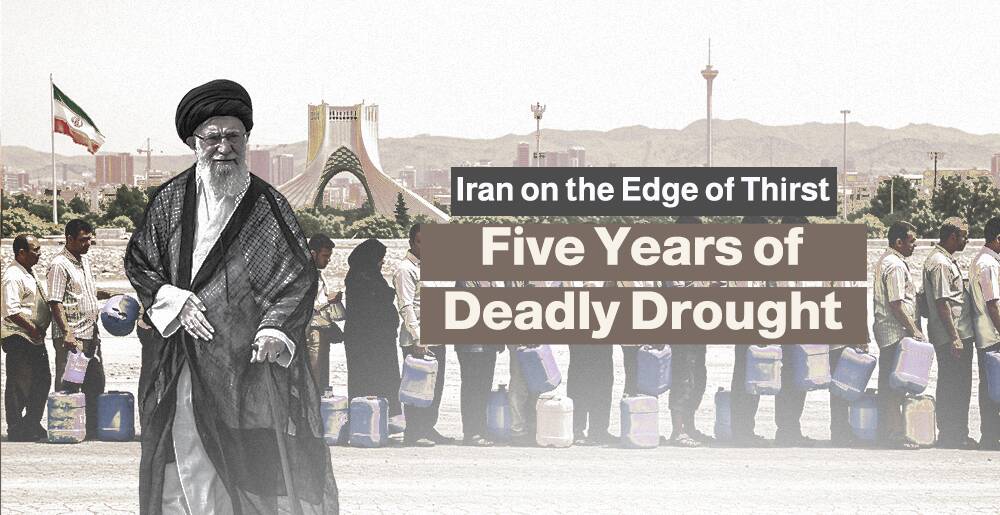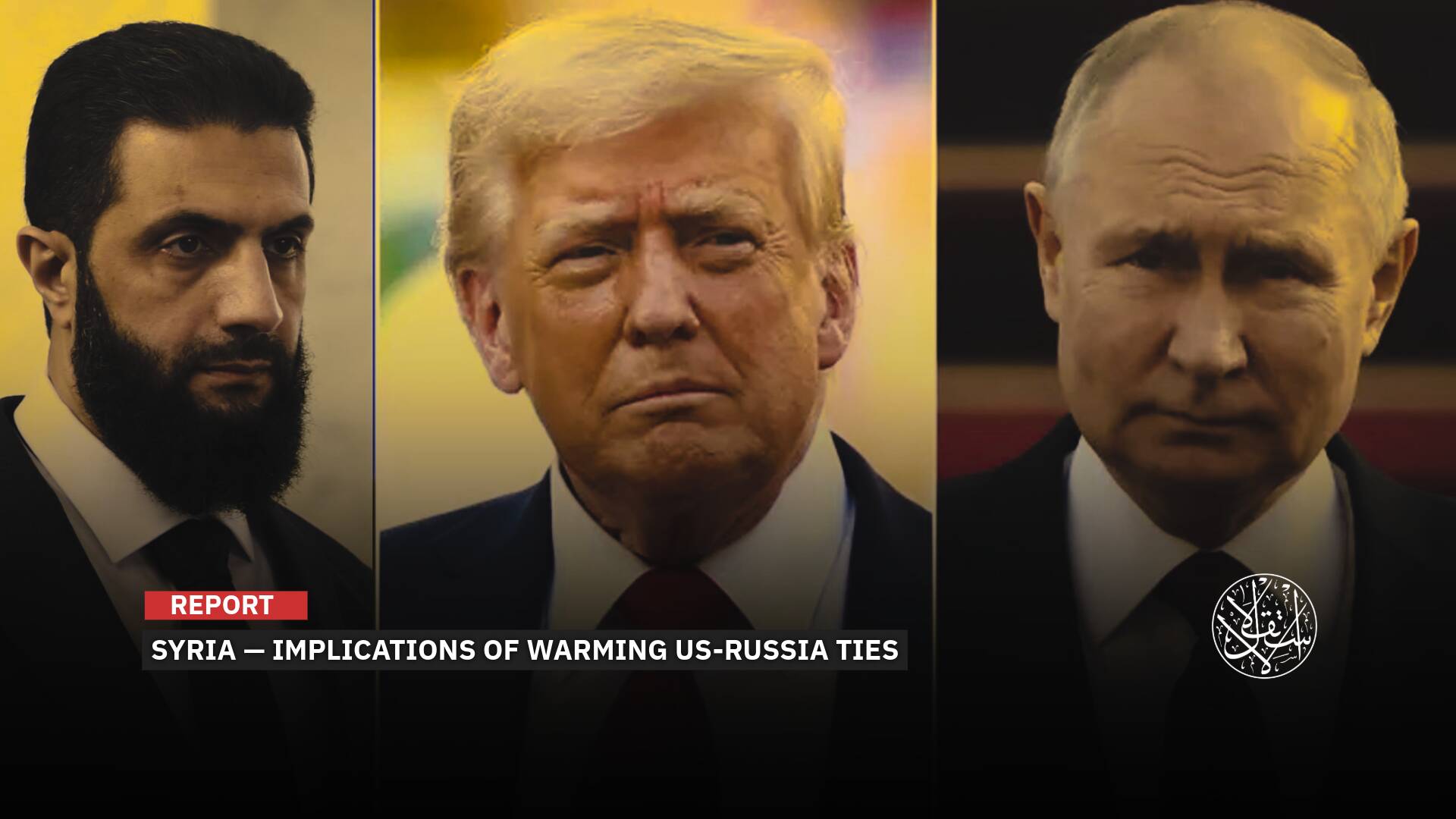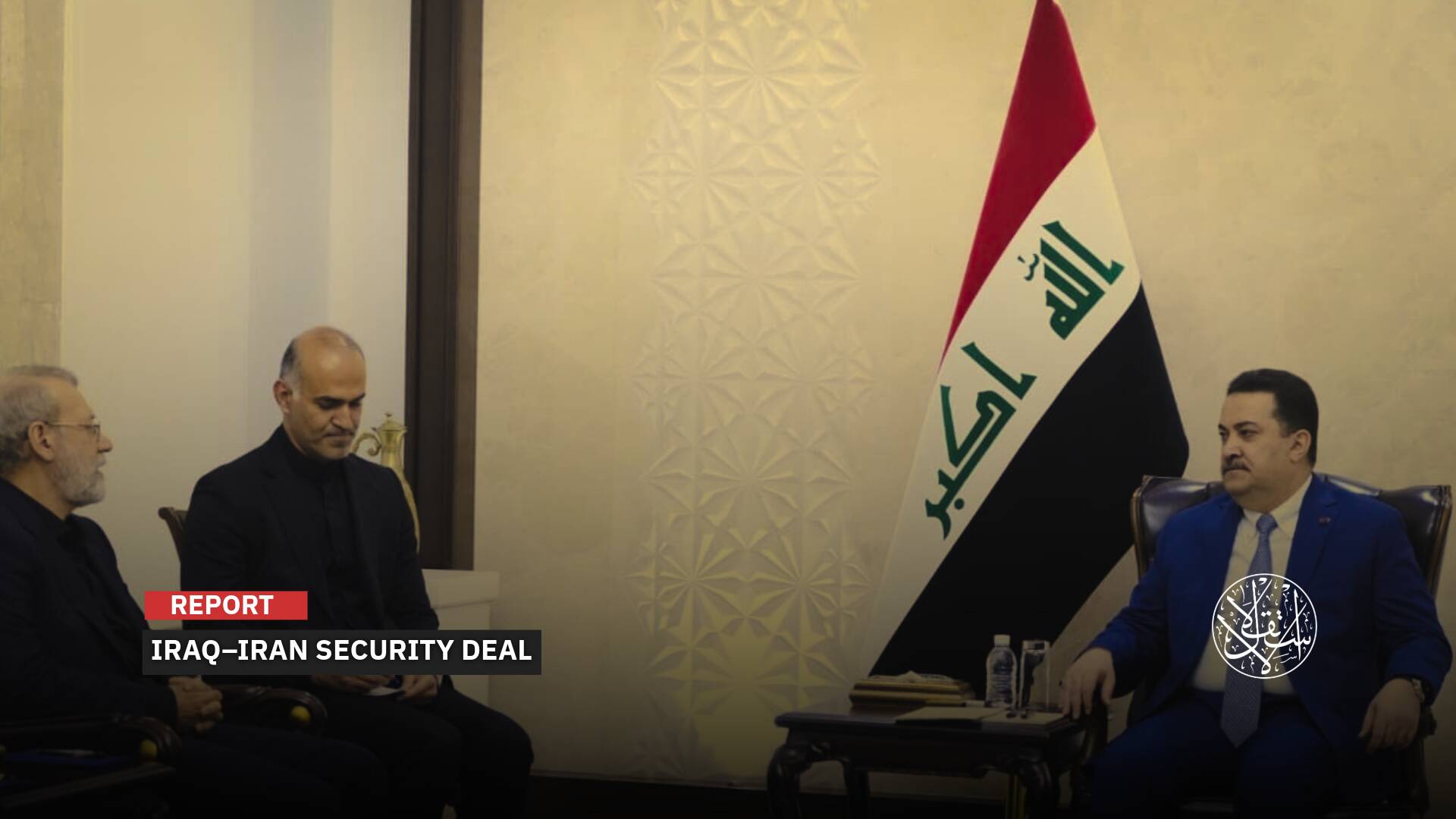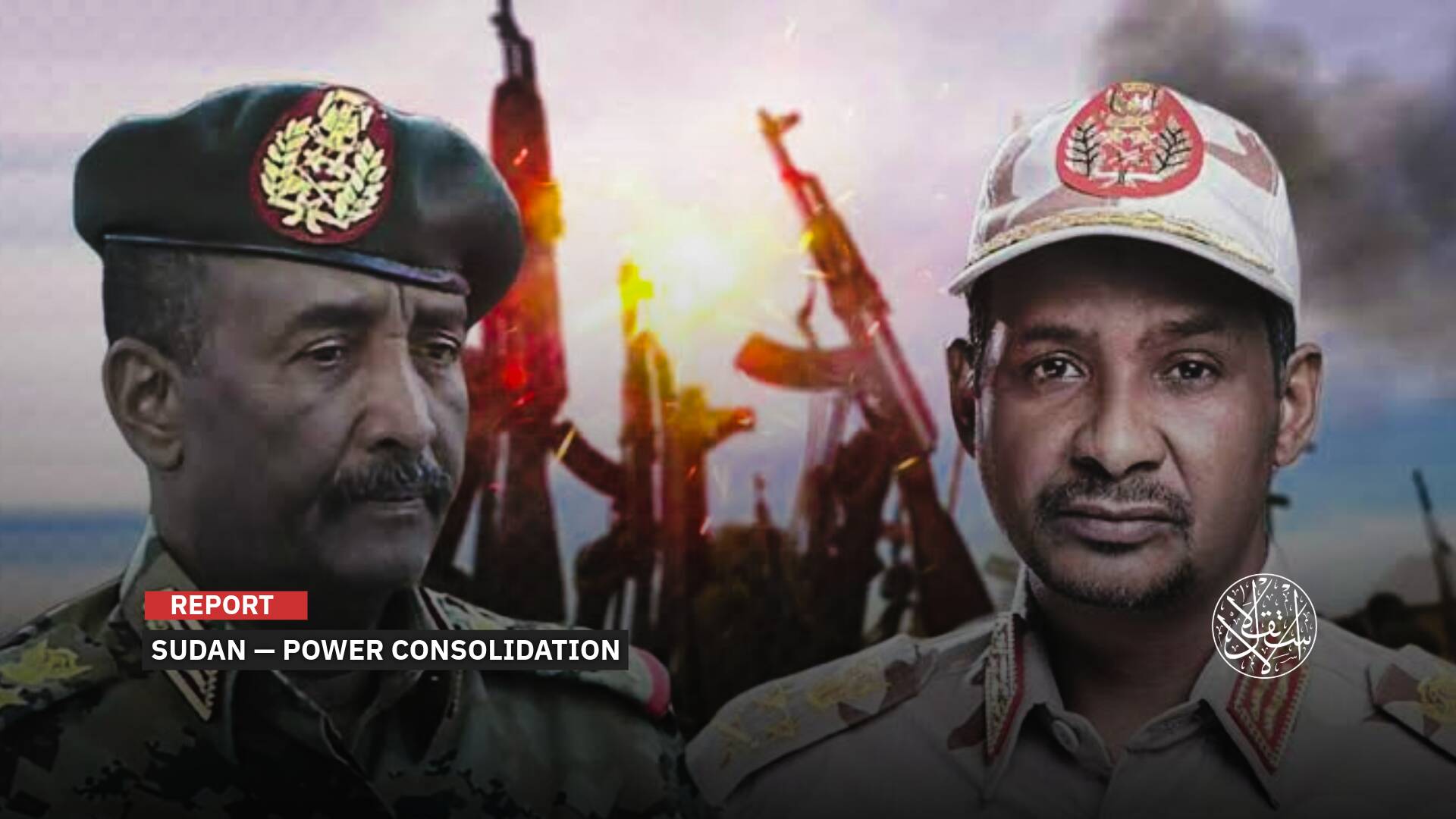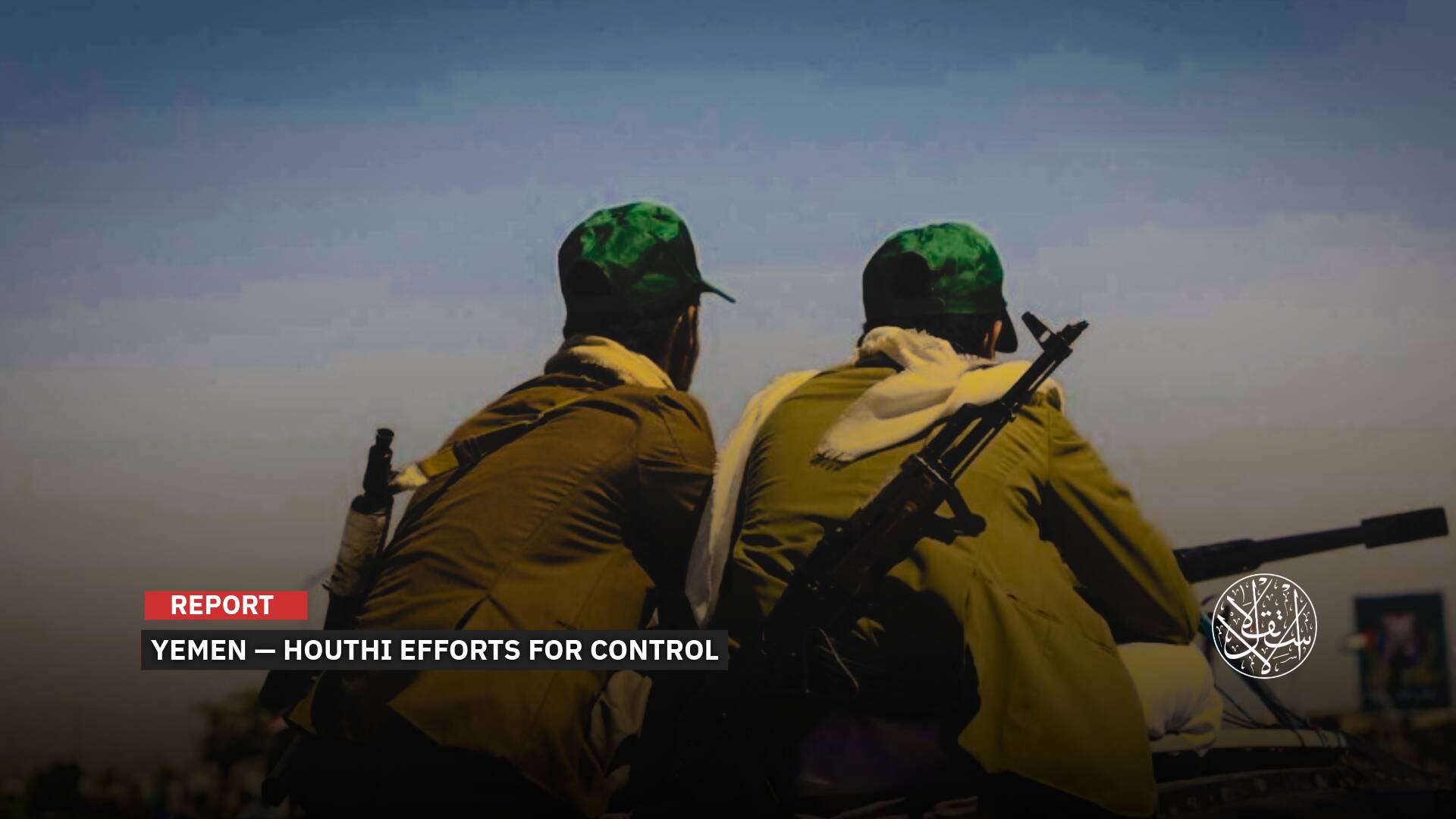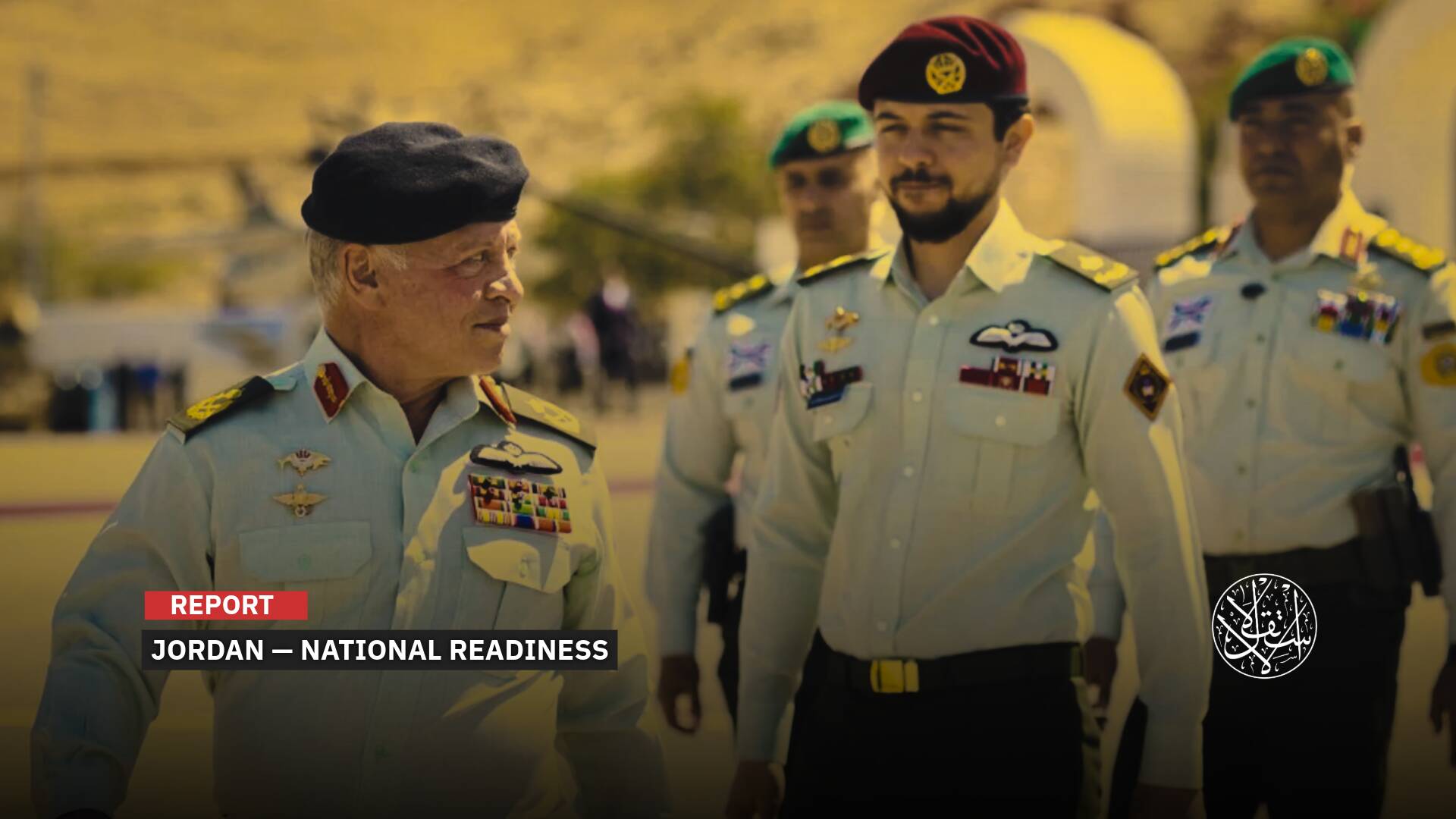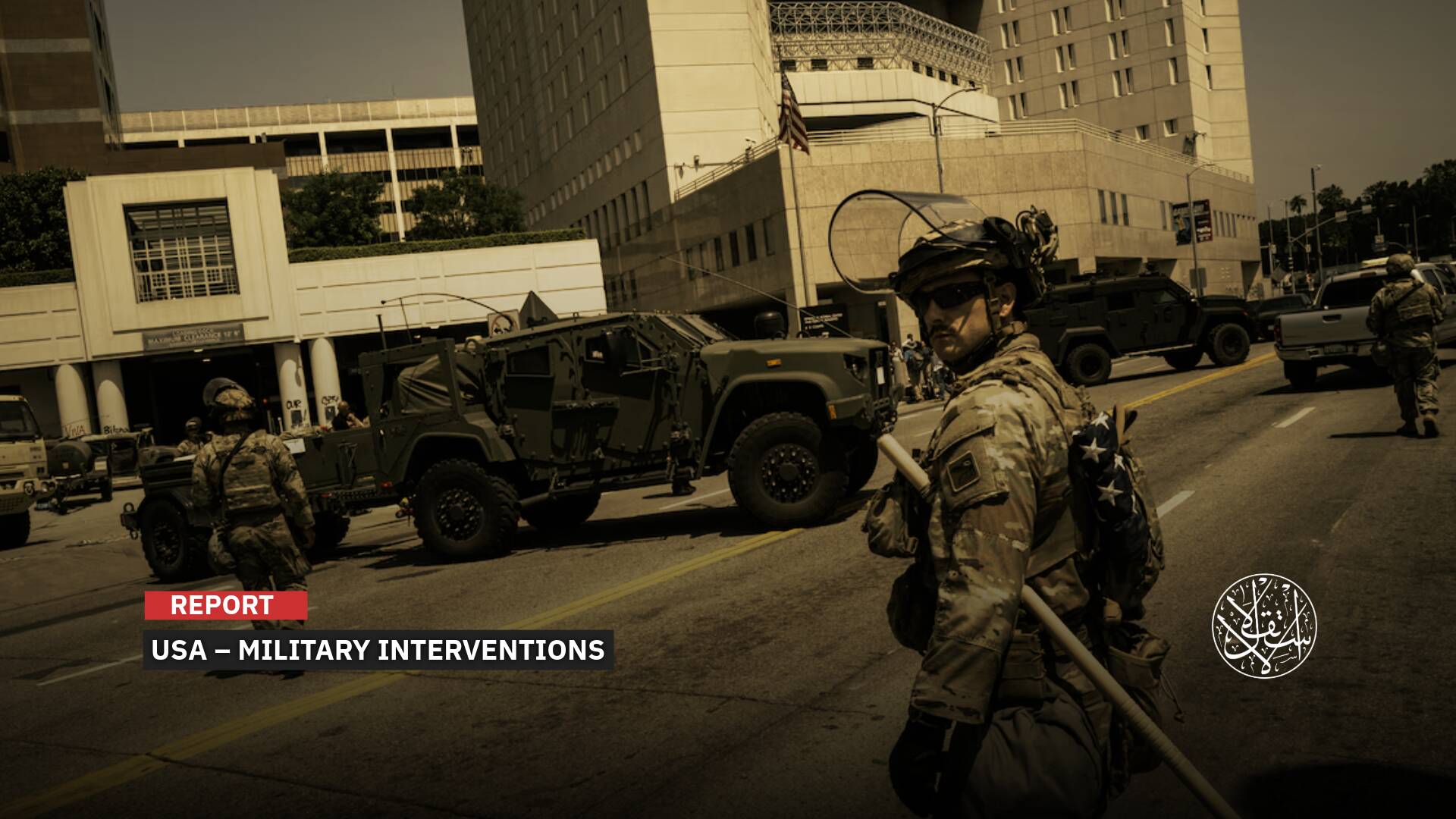Maximum Pressure Strategy: This Is How the U.S. Is Once Again on the Verge of War with Iran

Tensions have escalated in the waters of the Persian Gulf (Arabian Gulf) with the increase in the pace of mutual military build-up between the United States and Iran, which raises concern for this important waterway, through which a large part of the global trade movement passes.
Recently, the U.S. decided to deploy military forces aboard commercial oil tankers passing through the Gulf as part of its efforts to deter Iran from seizing the ships, a U.S. official said recently.
The U.S. did not take a similar step even during the so-called tanker war, which culminated with the U.S. Navy and Iran fighting a one-day naval battle in 1988 that was the largest for naval forces since World War II.
However, this comes after repeated attempts in the past months to target tankers by Iran’s Islamic Revolutionary Guard Corps (IRGC) in a way that threatens freedom of navigation near the Strait of Hormuz, in a move that may further ignite a tanker war between Tehran and Washington.
It is noteworthy that the tanker war between Washington and Tehran started in the summer of 2019 when the U.S. seized an Iranian oil tanker, which prompted Iran to seize the American Houston tanker.
The most important question here is: Does the U.S. really believe that the time has come to respond to Iran? Or are they just warlike messages to Tehran in order to persuade it to back down, at least in the Gulf waters?
Military Reinforcements
The Washington Post reported that Joe Biden is embarking on a significant escalation in the Persian Gulf that could lead to a war between the U.S. and Iran.
He is reportedly preparing to authorize US Marines and sailors to be stationed on interested commercial vessels in an effort to thwart Iran from seizing oil tanks in the region.
The last time Washington put armed personnel on private vessels was during World War II.
In the same context, the U.S. Fifth Fleet Command revealed, on August 7, 2023, the arrival of 3,000 sailors and soldiers to the Middle East, in addition to the arrival of an amphibious assault ship and a landing ship to the Red Sea.
The main mission of the fleet is to secure oil supplies from the Gulf to world markets, closely monitor Iran, and supervise operations in the Persian Gulf, the Gulf of Oman, the Red Sea, and parts of the Indian Ocean.
This step reinforced the U.S. military build-up in strategic waterways vital to the global oil trade, which angered Tehran, which accused Washington of causing instability in the region.
American experts describe the Fifth Fleet as the most important strategic fleet of the U.S. military in the Persian Gulf region.
Its scope of work extends to more than 25 countries, including Bahrain, Saudi Arabia, the UAE, Iran, Iraq, and Pakistan, according to the Global Security website.
It includes an aircraft carrier, a number of attack submarines, naval destroyers, and more than 70 fighters, in addition to bombers, tactical fighters, and refueling aircraft.
More than 3,000 ���� Sailors & Marines of the Bataan Amphibious Ready Group & 26th Marine Expeditionary Unit arrived in the Middle East, Aug. 6, as part of a pre-announced Department of Defense deployment.
— U.S. Naval Forces Central Command/U.S. 5th Fleet (@US5thFleet) August 7, 2023
Read more ⬇️https://t.co/H3fokPX1e0 pic.twitter.com/DC7Hpkju9h
“In light of this continued threat and in coordination with our partners and allies, the Department is increasing our presence and ability to monitor the Strait and surrounding waters,” Deputy Pentagon Press Secretary Sabrina Singh said.
Singh called on Tehran to “immediately cease these destabilizing actions that threaten the free flow of commerce through this strategic waterway.”
The plan to strengthen Washington’s military presence comes at a time when the Gulf region is witnessing enhanced diplomatic activity, which witnessed the deepening of ties between its countries and China.
Beijing mediated the conclusion of the regional rivals Saudi Arabia and Iran in March, an agreement that allowed the resumption of relations between them after seven years of estrangement, noting that Tehran’s relations with other Gulf countries are also witnessing growth.
In May, the UAE announced its withdrawal from a joint naval force led by the U.S. in the Gulf, operating off Iran and in the waters of the Red Sea.

Tanker War
According to a report in the American Oil Price publication, which specializes in energy, the U.S. intends to place members of the American army on ships crossing the waters in the region, especially those that pass near the vital Strait of Hormuz and the Gulf region.
Analysts believe that the U.S. administration, which is close to the date of the presidential election campaign next year, fears seizures of oil tankers that will raise fuel prices, which will increase the inflation rate in the U.S. after the great efforts it made to reduce it to only 3%, according to the latest figures.
In the past, a series of seizures of oil tankers between Tehran and Washington raised oil prices and insurance rates for oil tankers in the Gulf region.
The U.S. has imposed sanctions on Iranian oil since its exit from the Iran nuclear deal at the beginning of President Donald Trump’s term.
According to the Oil Price publication, no details have yet been revealed about the possible plan to place U.S. military personnel on board oil tankers that enter hot water areas, that is, waters near Iran.
Weeks ago, the Pentagon sent the aircraft carrier USS Thomas Hudner and additional F-35 and F-16 fighter jets to the region to assist the A-10 attack aircraft.
The U.S. has also strengthened its presence in the Gulf by deploying more than 100 drone ships to monitor Iran’s violations.
The U.S. military says Iran has seized or attempted to seize nearly 20 ships in the region over the past two years.
Washington announced that its forces prevented two Iranian attempts to seize commercial tankers in international waters off Oman on July 5, while Tehran seized a commercial ship the next day.
In April and early May, Iran seized two tankers within a week in territorial waters, and it was also accused of carrying out a drone attack on an Israeli-owned tanker in November 2022.
Similar incidents have occurred since 2018, but to a lesser extent, when then-US President Donald Trump withdrew his country from the Iran nuclear deal and re-imposed severe sanctions on Tehran, and so far, there have been no indications that diplomacy can revive the agreement again.
In 2019, concerns about global energy supplies and their safe arrival increased, after the accident involving two oil ships near the Gulf of Oman, at the entrance to the Strait of Hormuz. As oil prices gained more than two dollars, equivalent to a 4% increase, immediately after the announcement of the accident at the time.
According to a report by Responsible Statecraft, there are concerns about the proposed U.S. move to arm merchant ships as they pass through the Strait of Hormuz.
“This step may ignite a new tanker war with Iran, and lead to a military escalation at a time when the Middle East region is witnessing an easing of tensions,” the report noted.
According to Britain’s Lloyd’s of London, the tanker war damaged 546 merchant ships and killed about 430 civilian sailors.
It is noteworthy that about a fifth of the crude oil in the world passes through the Strait of Hormuz between Iran and the Sultanate of Oman.

Strategic Shift
Since 2020, it seemed that there was a U.S. military withdrawal from the Gulf region, and this was reinforced after the start of the Russian war against Ukraine.
However, in the current period, it is noticeable that there is a shift in the strategies of the United States; if it cannot get closer militarily to Russia than it does in Ukraine, it can harass Russia’s allies. Therefore, the reinforcements arrived in the South China Sea and then in the Persian Gulf region.
The Iranian response to the U.S. move came in the words of Colonel Abolfazl Shekarchi, spokesman for the Iranian armed forces, who asked in disapproval: “What is America’s relationship with the security of the Gulf and the Sea of Oman? What are the American forces doing here? The countries of the region are capable of establishing security in these waters.”
Nasser Kanaani, a spokesman for the Iranian Foreign Ministry, also said that “the U.S. government’s military presence in the region has never created security. Their interest in this region always forces them to fuel instability.”
“Iran is capable of reciprocating any mischief by the Americans… including through seizure of their vessels in reciprocation,” said Brig. Gen. Ramezan Sharif, spokesman for IRGC, in comments covered by Fars News Agency.
Political and economic analysts assert that Washington’s priority today in the region is to keep the Strait of Hormuz open to shipping, especially since the Ukrainian-Russian war is putting enough pressure on the oil markets.
With the diplomatic horizon blocked, Iran is ready to be more aggressive, and this is indicated by the recent military maneuvers that IRGC carried out on August 2 near the three islands disputed with the UAE. IRGC’s Iranian naval forces revealed new ships equipped with missiles with a range of up to 600 kilometers.
Iranian observers believe that the American mobilization in the Middle East has connotations and messages addressed to more than one party in the region and outside it, but it comes in contrast to the U.S. shift followed recently, which aims to reduce the military presence in the region.

In turn, analyst Ibrahim Khatib explained in a statement to Al-Estiklal that “Washington is currently working to remedy the mistake of abandoning the Middle East over the past years, by showing itself as if it is returning to it again, and working to strengthen its land, air, and sea forces, especially in Syria and Iraq and near the Strait of Hormuz.
“The Biden administration wants to suggest that the U.S. president is not afraid of confrontation, is not weak in front of Iran, and will not abandon the Middle East. It is an attempt to stop any agreement in relations between the Gulf, China, Russia, and Iran, so as not to harm Washington’s interests in the region,” he said.
From Mr. Khatib’s point of view, the U.S. and Iran will not reach the point of direct military confrontation, especially at a time when Washington supports Ukraine in its war against Russia.


